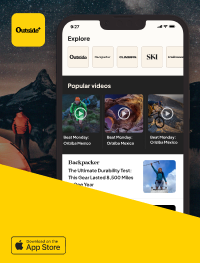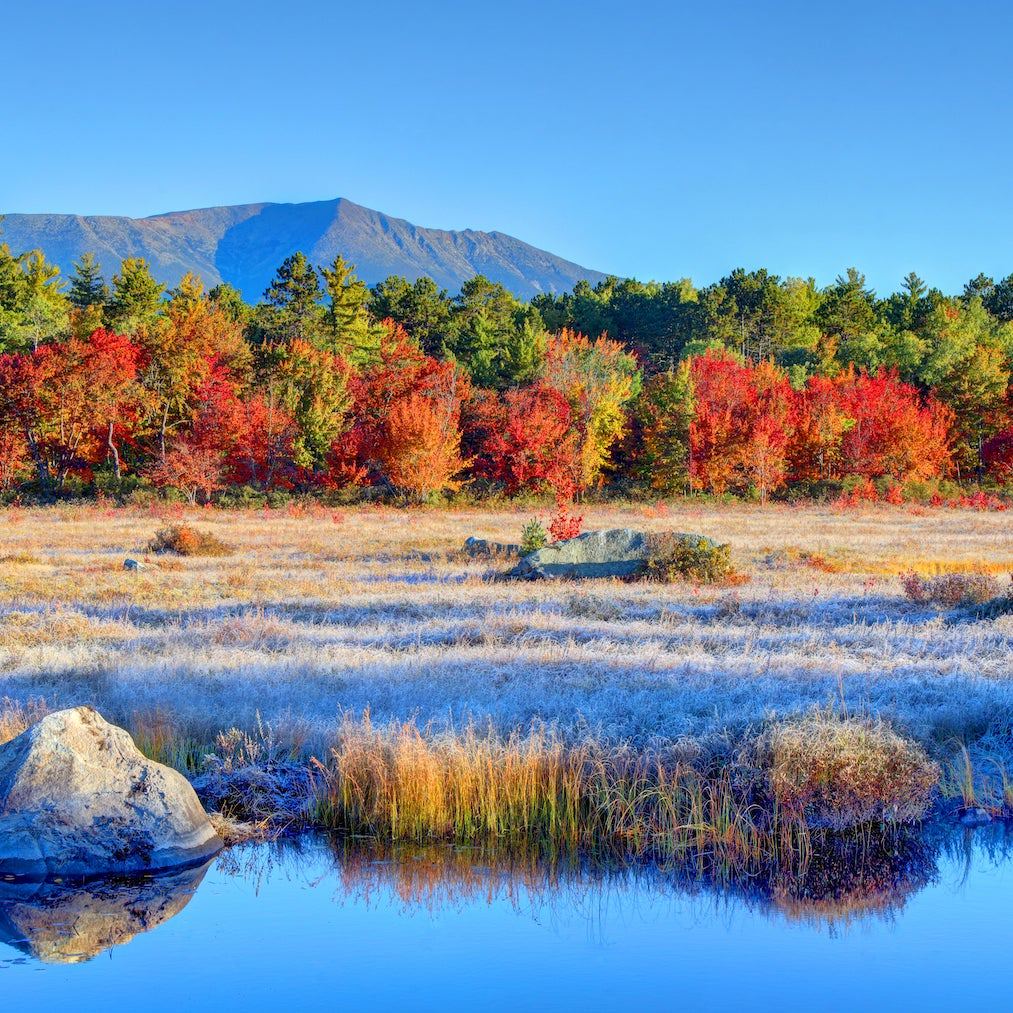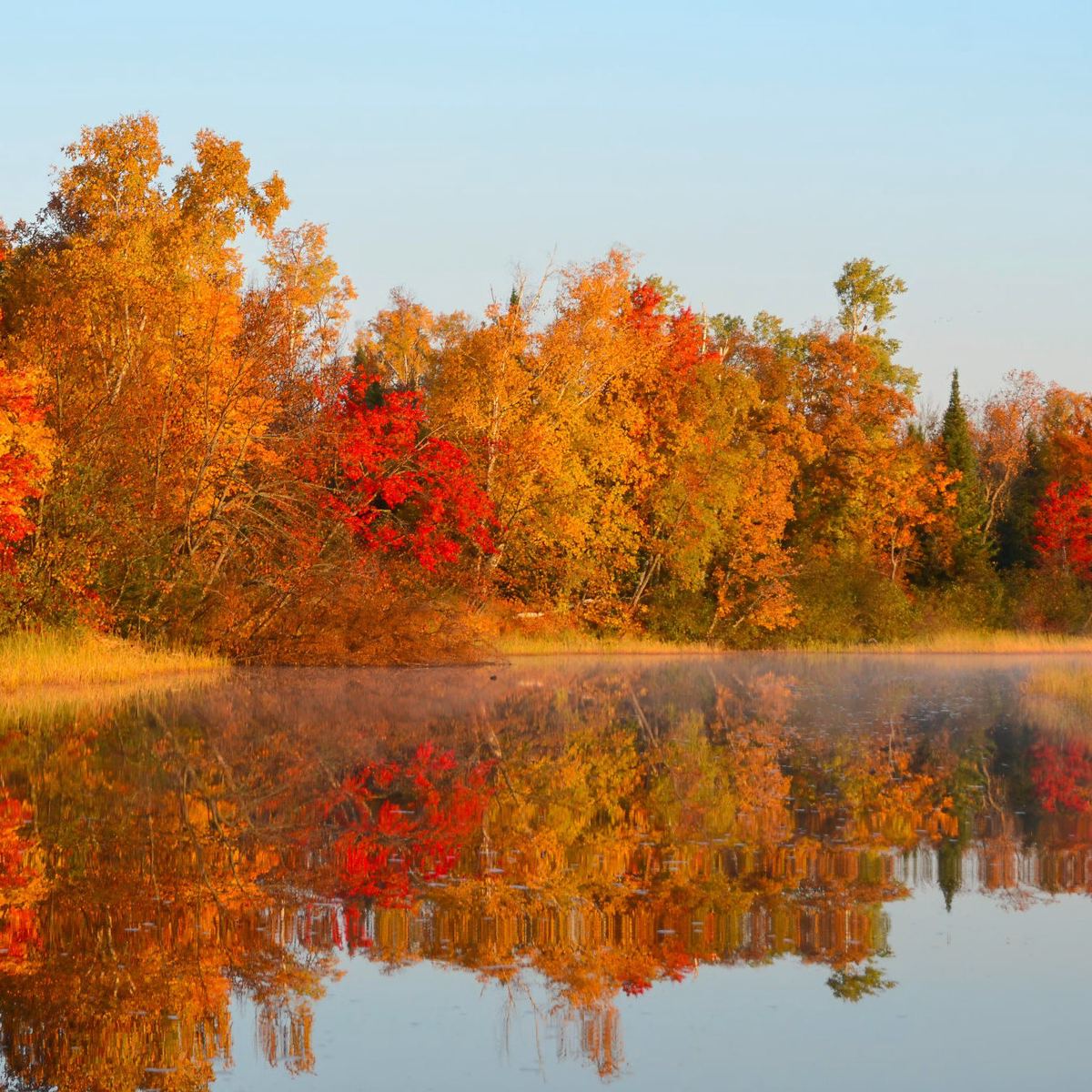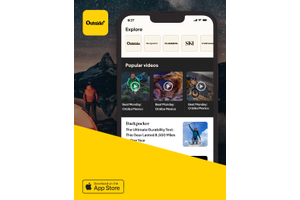Forget Olympic Canoeing. Here are 10 Better Places to Paddle Than Paris.
Forget Olympic Canoeing. Here are 10 Better Places to Paddle Than Paris.
Olympic paddling got you stoked? Plan your own trip somewhere more stunning than Paris.
Heading out the door? Read this article on the new Outside+ app available now on iOS devices for members! Download the app.
As we’ve been watching the Olympics this week, canoeing has become an item of special fascination among our editorial team. Between the combat-style Kayak Cross event and the two-person kneeling canoe race, it’s hard not to be transfixed. But in the moments when we do manage to peel ourselves away from the TV, we’re left wondering: These athletes are impressive and all, but wouldn’t it be nice to paddle somewhere a little more scenic than an artificial river?
If you’re feeling as inspired as we are after the latest events, and you’re itching to plan a paddling trip of your own, allow our team of writers and editors to offer some suggestions. Here are 10 better places to paddle than Paris.

Thousand Islands National Park, Ontario, Canada
Iroquois legend holds that the Great Spirit once tried to take back paradise on Earth, only to have it fall from his hands and splinter into the Thousand Islands. The 27 granite isles of Thousand Islands National Park offer campsites among hardwoods and lonesome stetches of paddling. Put into the St. Lawrence at Gananoque, in water so clear you can see your hull’s shadow 30 feet below, and paddle to Aubrey Island. Set up camp and visit the cathedral-like cliffs of Half Moon Bay. Then cross to Mulcaster Island for a hike and finish in Ivy Lea, where you can toast the Great Spirit’s butterfingers. —Nicole Davis

Klamath River, California
The ingredients for a perfect family river trip: warm water, exciting rapids, bald eagles, and waterfront camps where the fire’s sparks mingle with the stars. While the upper section of the 286-mile Klamath roils out of Oregon with Class IV power, the Lower K has a mellower pace that’s fit for an introductory rafting trip. From the put-in at Happy Camp, dip paddles into the 70°F water (average August temperature) and head west, keeping an eye on the sky for raptors, the water for otters, and the banks for black bears. One thing you won’t find: boredom. The 20-mile trip has jumping rocks and riffles aplenty, and Class II/III Savage Rapid offers up a kid-size portion of whitewater. And should you need some ideas for campfire stories, the Bigfoot Trail runs through these same Klamath mountains. —Eugene Buchanan
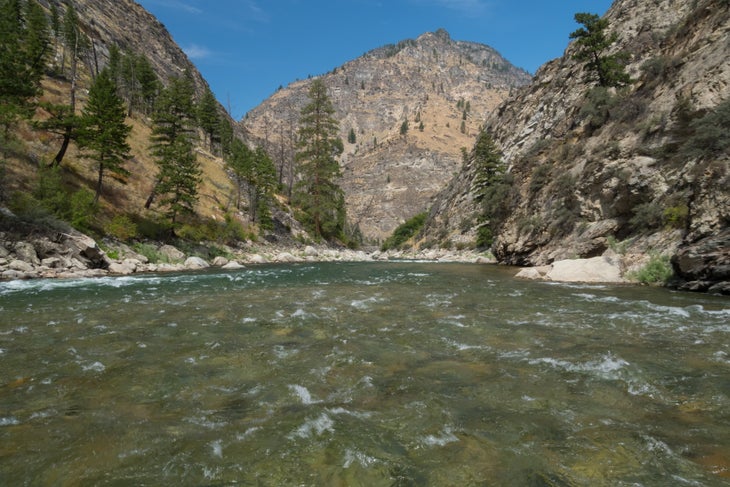
Middle Fork of the Salmon River, Idaho
With rapids as big as the wilderness they pass through, the 104 miles of the Middle Fork of the Salmon through the Frank Church-River of No Return Wilderness top just about every thrill-seeking rafter’s bucket list. That makes permits a tough get during the lottery window. Better bet: Wait until late summer, when crowds subside and trout are chunking up for the winter. Best part? Hot springs at camp all eight nights. Don’t miss Hospital Bar (mile 53), where a 115°F spring bubbles up into a pool so close to the river you can cast a fly while you soak. —Eugene Buchanan

Wailua River, Hawaii
Tropical forest, hidden caves, and plunging waterfalls make this river one of the most scenic paddles in the nation. Along the way, you’ll pass views of 5,148-foot Mt. Waialeale and a recreated historic Hawaiian village to a lush grotto and waterfall complete with swimming hole. A rope swing only accessible by boat rounds out the ideal summer kayaking day. While an out-and-back of any length is possible, we recommend this 7-mile stretch to hit the majority of the highlights. —Kristin Smith

Chattooga River, Georgia
Fans of Deliverance will be disappointed to learn that the Chattooga River, where the film was set, is not nearly as dangerous as the 1972 classic suggests. Fans of world-class river trips will not. While the rain-fed Chattooga serves up rapids from Class I to Class V, the best intermediate-friendly, two-day trip combines Sections 2 and 3 for a 20-miler that gets sportier the farther you go. The crux is Bull Sluice, a Class IV+ rapid toward the end (beware flows above 2.5 feet on the Clayton gauge). You’ll be immersed in Southeast scenery as you pass through Sumter National Forest’s mountainous woodland of red and white oak, birch magnolia, and mountain laurel—the latter reaches its peak kaleidoscope bloom in June. —Eugene Buchanan

Caddo Lake State Park, Texas
When most of the country is just starting to emerge into spring, Houston starts to swelter. Beat the heat by heading northeast to Caddo Lake State Park for a weekend on the water along the Big Cyprus Bayou. Dammed in the early 1900s for flood country, Caddo Lake is now a 27,000-acre pool straddling the Texas-Louisiana state line. The bayou is filled with a maze of thick bald cypress and a web of aquatic plants. Explore the park’s 2.5-mile stretch of trail and paddle around in a canoe—just keep your eyes open for the alligators. Between March and May, the temperatures warm up from the low 70s to the mid 80s. —Morgan Tilton
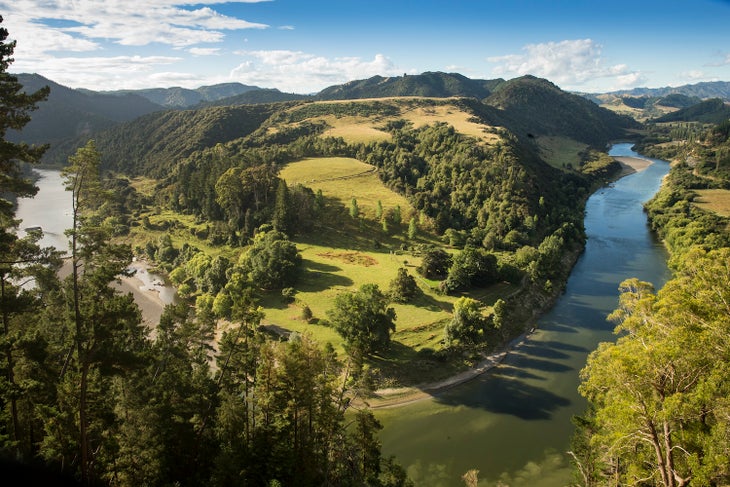
Whanganui River, New Zealand
The bush around the Whanganui River is a color study in green. In total, the river cuts 180 miles across the North Island and occupies a unique place in the country’s lore and landscape. The native Māori consider it an ancestor and a taonga—a cultural treasure—and in 2017, the government of New Zealand made it the first river to be granted personhood, with all the attendant rights and protections. Ninety of its miles are also the only riverine member of the country’s Great Walks, adventures considered to be the best. We recommend paddling downstream on a 55-mile, three-day section from Whakahoro to Pipiriki for nonstop views, riverside waterfalls, and world-class campsites. —Adam Roy
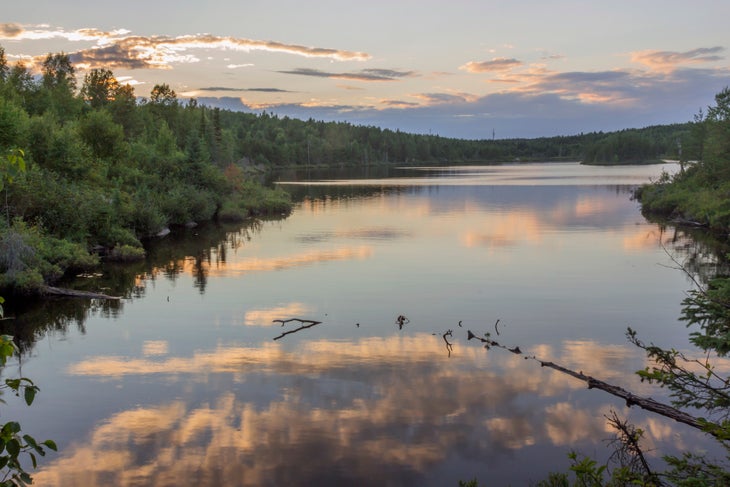
Boundary Waters Canoe Area Wilderness, Minnesota
Explore a network of more than 1,100 lakes and hundreds of miles of waterways in this northern Minnesota wilderness. By canoe or kayak, you can wander in almost any direction, portaging from one lake to the next, chasing diving loons, and stepping off onto countless miles of untouched shoreline. Paddle into Adams and Boulder lakes for some of the most remote water in the Wilderness—you’re guaranteed to see almost no one. —Ryan Wichelns
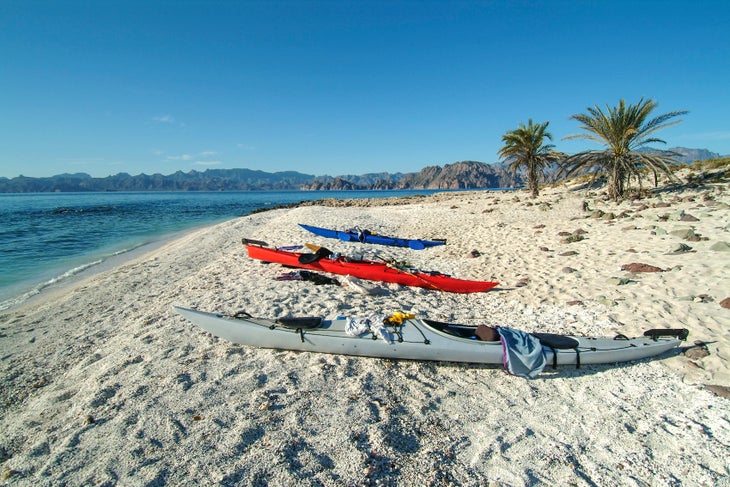
Isla del Carmen, Baja California, Mexico
Camp on Isla del Carmen off the coast of Baja California, Mexico, for a glow-in-the-dark sea kayaking adventure. Bioluminescent plankton off the coast glow when jostled by the current—or a hand or paddle—and light up the ocean. Water temperature, seasonal currents, and pH levels all affect the timing and intensity of bioluminescent plankton and algae blooms, so hitting the phenomenon just right is mostly good luck. It’s best seen from a kayak, where each paddle stroke lights the sea like a green lightning strike. —Dennis Lewon

Middle River, Iowa
Close wildlife encounters are an unexpected perk of both boat travel and Iowa’s little-known Middle River. The easy current floats you past rolling farmlands, beneath historic bridges, and by animals unaccustomed to human presence. That feeling of gentle solitude makes this one of the best paddling trips in America. Camp at Pammel Park at mile 28 of the 40-mile paddle, where your tent is shaded by some of the oldest white oaks in the state (creeping up on 400 years). —Diana Lambdin Meyer
From 2024


